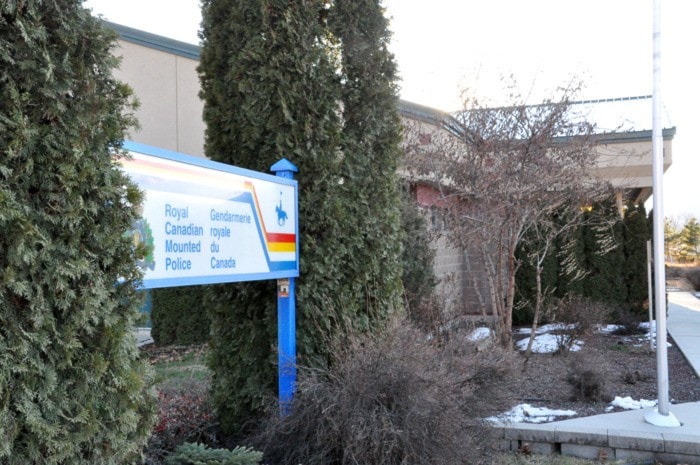Changes in 2014 to medical marijuana production will address some concerns, but create others, Creston RCMP Staff Sgt. Bob Gollan told Creston town council at the Sept. 24 regular meeting.
“The current system is being abused by criminal organizations,” said Gollan.
He said that people with medical marijuana prescriptions are being recruited, as are doctors who will issue the prescriptions.
“Some doctors are prescribing the maximum — up to 60 grams a day — for their patients,” he said. “This is enough for 30 joints a day.”
A patient with a 60-gram prescription, or possession licence, can carry a three-day supply, 180 grams (0.4 pounds).
A medical marijuana prescription, which falls under the federal Controlled Drugs and Substances Act and the Marijuana Medical Access Regulations (2001), is intended for end-of-life care or treatment of a debilitating medical symptom. Some doctors won’t prescribe marijuana at all, Gollan said, while others can be quite liberal with prescriptions.
With a medical declaration in hand, a patient applies for a medical marijuana licence.
“Health Canada cannot refuse your application,” he said. “With the possession licence, patients can purchase marijuana from a Health Canada-approved supplier, grow their own or designate someone else to grow it for them.”
There are few restrictions for growing the plant within the law.
“You can grow it anywhere you want, except you cannot grow it inside a building and outside at the same time,” he said.
Third-party growers have more hoops to jump through and must provide a criminal record check that shows they have had no criminal convictions on designated drug offences in the past 10 years.
“They can be convicted murderers under the law, but they can’t have drug convictions.”
Growers are restricted to growing for two people with a maximum of four licences. No restrictions are in place for location, except that outdoor plants near schools are prohibited, as are places frequented by children.
Low prices are regulated federally, which have served to push the cost of illegal sales down, Gollan said.
Current small production will become illegal on March 31, 2014. After that date, medical marijuana can only be purchased from licensed growers “at current market prices” ($8-$9 a gram). Licensed growers will have to meet strict conditions.
Gollan said he has taken a strong stand in supporting only applications that meet all conditions.
“Licensed growers will need to comply with strict operational requirements to demonstrate quality and service,” he said.
Growers have to provide 24-hour manned security for facilities, which must meet all local health, building and zoning laws.
“There will be no more growing in homes,” he said. “And Health Canada will regularly inspect all production facilities to guarantee the security, health and well being of patients and industry personnel.”
The upside of the new regulations, he said, is that police and fire department personnel will know where the facilities are (Health Canada does not provide them with a list of approved growers now) and the quality of the product should be more consistent.
The higher price, though, could push street prices up, making illegal sales even more appealing to organized crime. Or medical marijuana users could be tempted to purchase cheaper marijuana from drug dealers rather than pay the higher price for the legal substance.
